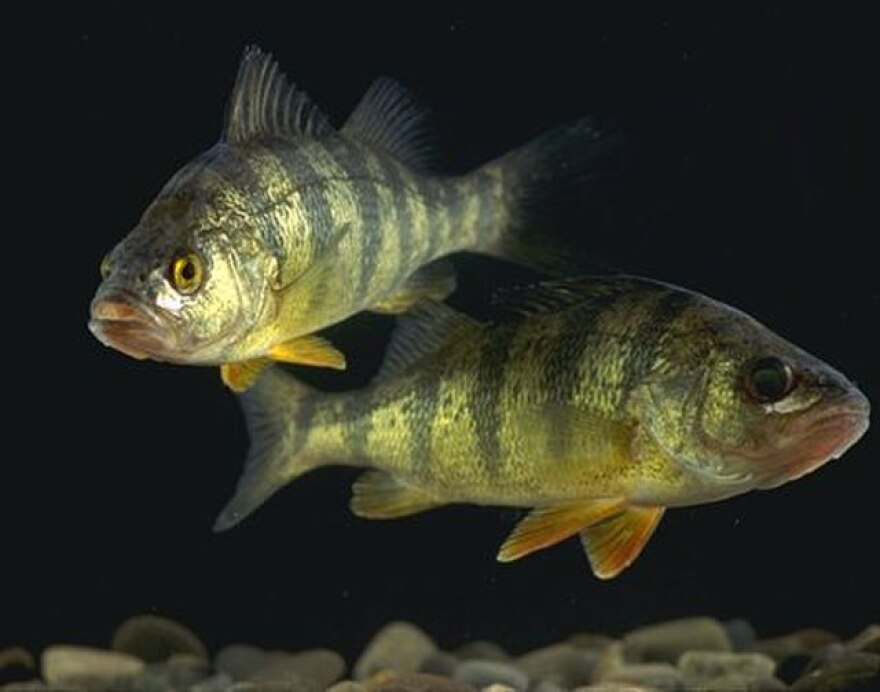According to the Michigan Department of Natural Resources (DNR), roughly 30-35% of the walleye diet in Saginaw Bay has become yellow perch. One commercial fishing operation told WCMU the change in the walleye diet has hurt their business.
Lakon Williams has been harvesting fish in Saginaw Bay for her family-owned fishing company, Bay Port Fishing Company, for more than a decade.
Williams said Saginaw Bay used to produce catfish, carp and a lot of yellow perch.
"Now the yellow perch in the Saginaw Bay, at least on our side, the east side of Saginaw Bay, is pretty much nonexistent. You're catching a whole bunch of walleye and we can't keep the walleye," said Williams. "So that takes time, you know, and time is money."
According to DNR regulations, walleye can only be caught by sport fishermen in the state of Michigan. So, Williams has to buy walleye wholesale from Canadians or Native American fishermen to sell at her storefront.
Dave Fielder is a research biologist with the DNR in Alpena. He said the walleye’s consumption of yellow perch is substantial because of how fast the change is happening. Fielder said it was only a few years ago Yellow Perch only made up roughly 5% of a Walleye’s diet.
"And there's consequences for both the recreational fishery and the commercial fishery," said Fielder. "If they're not surviving up to age one, they're never getting up to the harvestable size that everybody's interested in."
Beginning later this month, the DNR will be conducting walleye recruitment surveys as a means to understand how many walleye were produced naturally or survived stocking from earlier this year.
In a written statement, Emily Martin, a DNR Fisheries Division biologist said “conducting surveys on both stocked and unstocked lakes can affect decisions about future walleye research and stocking efforts and give valuable insight into the status of the younger walleye in the system."
Editor's note: In the interest of transparency, we note the Michigan DNR is a financial supporter of WCMU.


